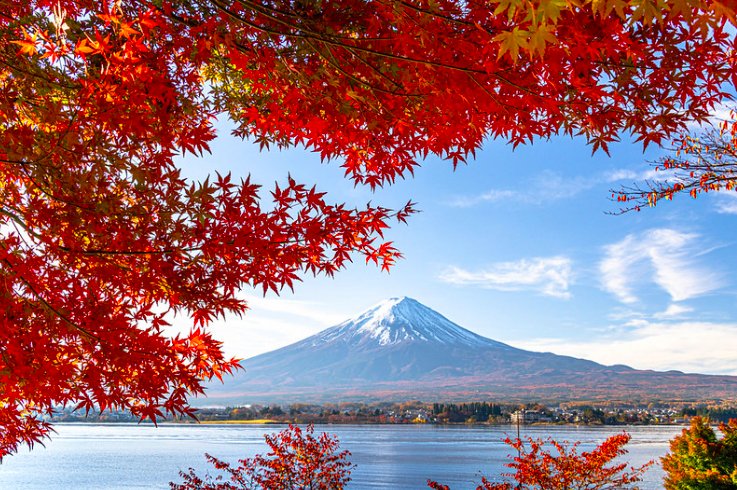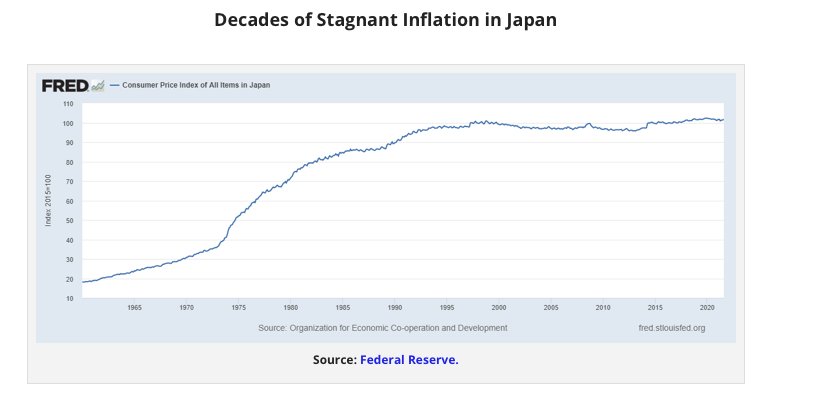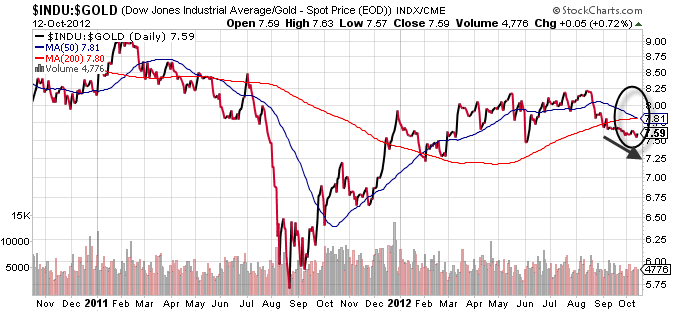Anyone younger than 50 or so likely has no real memory of chronic, destabilizing inflation. You would have had to have lived through the disco era of the 1970s to have a frame of reference here.
Those days were marked by gas lines, soaring costs of food and basic necessities and a general sense of economic malaise.

To get a feel for what we might be in for in the coming months stateside, I want to see how Japan has dealt with a unique inflation situation for decades.
Japan’s Experience
Japan’s consumer price index came in at 101.5 in August. That wouldn’t be noteworthy except for the fact that the index was sitting at 100.9 in late 1998 and at 94.2 in August of 1991.
Prices in Japan are essentially unchanged in 23 years and have moved a whopping 7.3% over the past 30 years. That’s not 7% per year, mind you. It’s 7% … in total.
Bill Clinton was still the governor of Arkansas the last time inflation in Japan was significant.

Source: Federal Reserve.
Big Spender
Japan hasn’t been the model of fiscal or monetary discipline over that stretch. Japan hasn’t had a balanced budget since 1992.
For most of the past 30 years, its budget deficits have been as large or larger than ours in the U.S. Japan ran a budget deficit of 12.3% of gross domestic product (GDP) last year.
Its accumulated national debt is now 266% of GDP, about double the 132% of GDP that the American government has borrowed.
Zero Rates
Japan’s interest rates have been zero or close to zero since 1999. Japan also invented “quantitative easing.” The term was coined to describe Japan’s aggressive bond buying in the late 1990s and early 2000s.
We were all aghast when the Federal Reserve ballooned its balance sheet following the pandemic. But even after gobbling up trillions in U.S. government debt, the Fed’s balance sheet is “only” a little over 40% the size of the U.S economy. The Bank of Japan’s holdings of Japanese government debt is now close to 100% of the size of its economy.
And it’s not just government bonds. The Bank of Japan is now the largest single shareholder of Japanese stocks and owns massive holdings of real estate via real estate investment trusts (REITs) as well.
Takeaway
Japan hasn’t taken Ben Bernanke’s old advice to dump yen out of helicopters yet. But that’s just about the only thing the country hasn’t done. And it still can’t sustain inflation. The country continues to struggle with deflation instead.
The U.S. isn’t Japan, and we shouldn’t assume that we’ll follow the exact same path. In my opinion, this does suggest that maybe — just maybe — today’s inflation is transitory.
Once the post-COVID supply chain mess gets worked out we may have to deal with falling prices instead.
This post first appeared on October 19 on the Money & Markets blog.
Photo Credit: Koichi Hayakawa via Flickr Creative Commons
DISCLOSURE
This piece is provided as educational information only and is not intended to provide investment or other advice. This material is not to be construed as a recommendation or solicitation to buy or sell any security, financial product, instrument, or to participate in any particular trading strategy.




